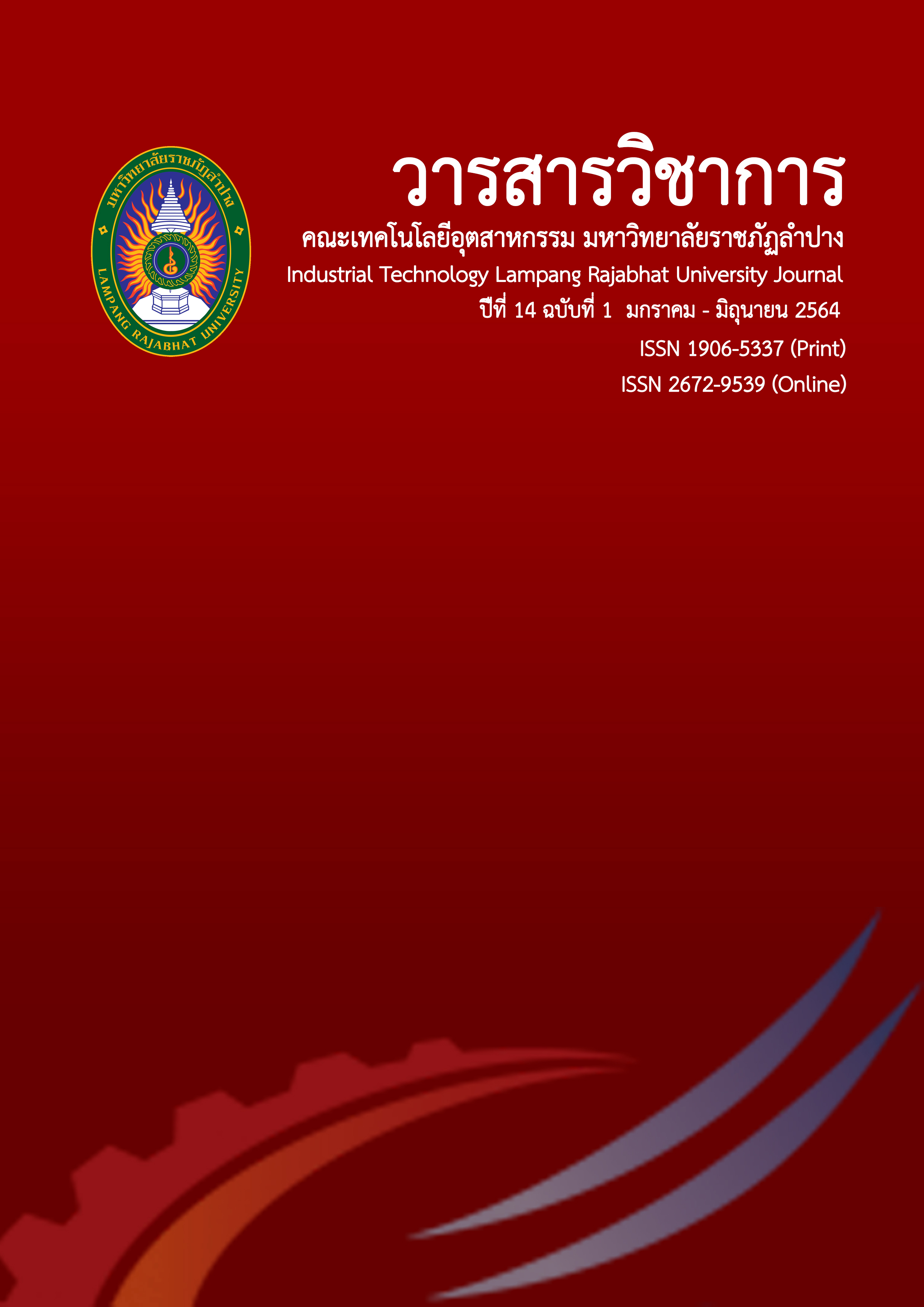The Design and Development of Herbal Soap Manufacturing Process Case studies, Learning Center TORYOD Community
Keywords:
Herbal Soap, Soap Mold, Learning Center TORYOD Community, Development of Manufacturing ProcessAbstract
This research aims to (1) Design and Develop the herbal soap mold in Manufacturing process.(2) Determine the efficacy of the herbal soap mold and to assess the satisfaction of the developed herbal soap products of the TORYOD. Community Learning Center. This research deployed a computer-aids design program to design products as Turmeric Soap, Thanaka Herbal Soap, and Silk Cocoon Soap. The computer programs are used to help in designing 3 molds to produce each soap type, beside this the CNC technology and Milling machine is used to produce herbal soap molds. From the experiments of performance test by the herbal soap mold, we found that the average production rate of turmeric soap was 239 pieces/hour, 41,020 pieces /month, the average defective product rate was 18 pieces/hour.The average production rate of Thanaka herbal soap was 228 pieces/hour or 41,040 pieces/ month, the average defective product rate was 24 pieces/hour, and the average production rate of the Cocoon herbal soap was 231 pieces/hour or 41,580 pieces/month. The average defective product was 22 pieces/hour. The satisfaction assessment of herbal soap products by questionnaire with sample size of 20 people, we found that the evaluation of the turmeric herbal soap product performs with a good level ( = 4.48, S.D.= 0.62). About Thanaka herb soap perform a good level (
= 4.32, S.D. = 0.48) and the evaluation of the herbal cocoon soap was at (
= 4.41, S.D.= 0.55). This research the TORYOD Community Learning Center can deploys this approach to perform in the production process base on designing and increasing the production of herbal soap in order to meet the consumer demand.
References
Inkong, P. (2014). Development of the northern souvenir product in promoting creative economic tourism: A case study of Yao tribal group. Art Klong Hok, Journal. 1(2),21-41.
Keawserm, T. (2008). Study problems and needs for develop potential of producers community products in Phetchabun province, in Faculty of Agriculture, Phetchabun Rajabhat University.
Khunphonkaew, C. (2003). Basic productivity improvement. (3rd ed.). Bangkok: Thailand Productivity Publisher. (In Thai)
Ladnoi, S., & Wongtong, O. (2017). Process and Quality Development of Black sesame crispy cracker from broken Sinlek Rice. VRU Research and Development Journal, 12(2),19-27.
Tawinwongsuriya, V., Rakkan, S., Sakulthai, T., & Plongmai, j. (2015). Increasing Productivity of Patch pocket for 7-Eleven. Kasem Bundit Engineering Journal, 5(2), 186-198.
Tepaya, N. (2006). Amazing Herb Soap. Journal of Yala Rajabhat University, 1(2),156-164.
Tragangoon, C. (2011). CNC Technology. (4th ed.). Bangkok: Technology promotion association (Thailand-Japan) Publisher. (In Thai)
Downloads
Published
Issue
Section
License
Copyright (c) 2021 Industry Technology Lampang Rajabhat University

This work is licensed under a Creative Commons Attribution-NonCommercial-NoDerivatives 4.0 International License.






